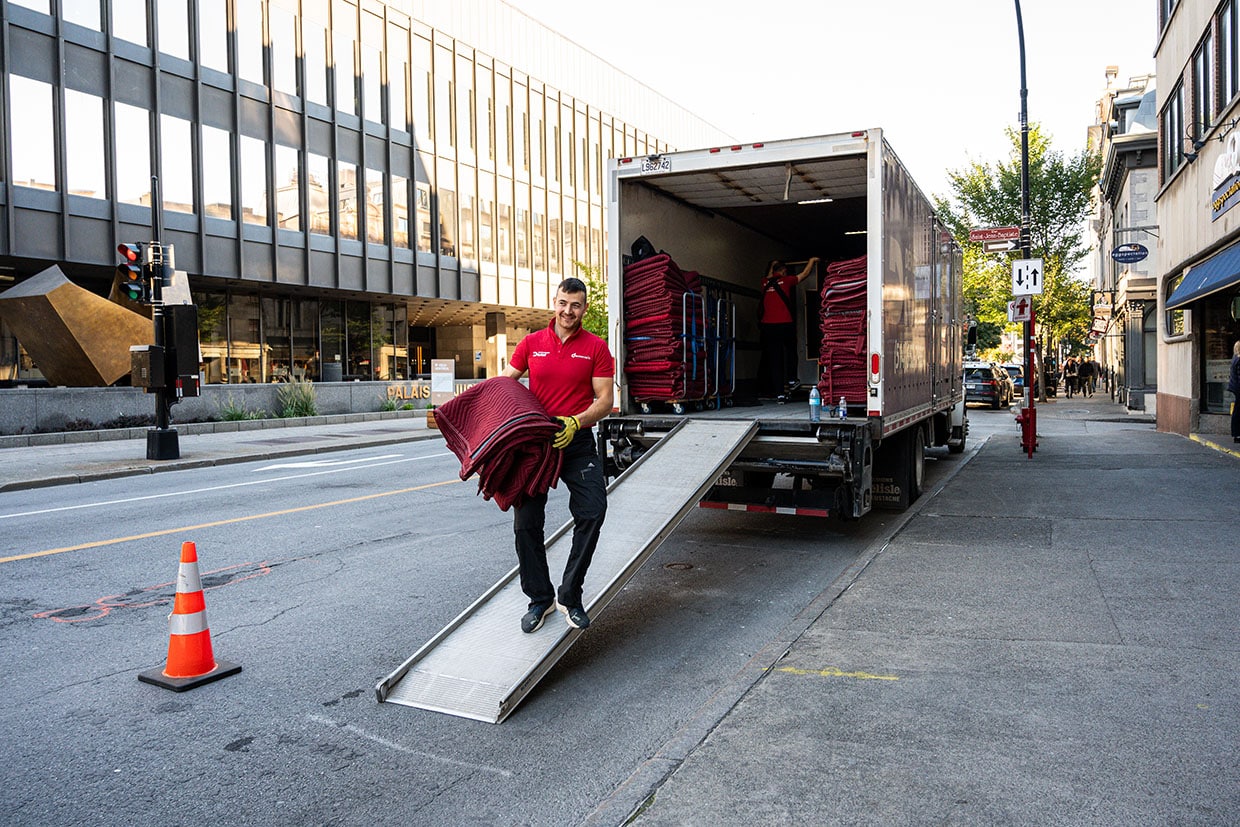Moving to a new home, especially over a long distance, can be both exciting and overwhelming. One of the most critical steps in planning a successful move is obtaining accurate long distance moving estimates. These estimates help you budget effectively, compare services, and avoid unexpected costs. In this article, we’ll guide you through the process of getting reliable estimates and share tips to ensure a smooth relocation.Why Long Distance Moving Estimates MatterLong distance moves involve more variables than local moves, such as fuel costs, travel time, and potential storage needs. A detailed estimate helps you:
- Plan your budget and avoid financial surprises
- Compare quotes from different moving companies
- Understand what services are included (e.g., packing, loading, unloading)
- Identify potential hidden fees or extra charges
Types of Long Distance Moving EstimatesMoving companies typically offer three types of estimates for long distance moves:
- Binding Estimate: This is a fixed price guarantee, meaning the final cost won’t change unless you request additional services. Ideal for those who want certainty in their budget.
- Non-Binding Estimate: This is an approximate quote based on the estimated weight of your belongings. The final cost may vary depending on the actual weight and services required.
- Binding Not-to-Exceed Estimate: A hybrid option where the final cost won’t exceed the quoted price, but it could be lower if your shipment weighs less than estimated.
How to Get Accurate Long Distance Moving EstimatesFollow these steps to ensure you receive the most accurate estimates for your move:
- Inventory Your Belongings: Create a detailed list of items you plan to move. This helps movers assess the volume and weight accurately.
- Get Multiple Quotes: Contact at least 3-4 reputable moving companies to compare prices and services.
- Schedule an In-Home or Virtual Survey: Avoid companies that provide estimates over the phone without seeing your belongings. A visual assessment ensures greater accuracy.
- Ask About Additional Fees: Inquire about charges for stairs, long carries, or special items like pianos or antiques.
- Check Reviews and Credentials: Verify the company’s reputation through customer reviews and licensing (e.g., USDOT number for interstate moves).
Red Flags to Watch Out ForBe cautious of moving companies that:
- Offer significantly lower estimates than competitors (may indicate hidden fees or scams)
- Demand large upfront deposits
- Lack proper licensing or insurance
- Provide vague or unclear contracts
Tips to Reduce Your Long Distance Moving CostsMoving long distance can be expensive, but these strategies can help you save money:
- Declutter Before Packing: Sell, donate, or discard items you no longer need. Less weight means lower costs.
- Pack Yourself: If you’re comfortable packing your belongings, opt for a self-pack option to reduce labor fees.
- Choose Off-Peak Dates: Moving during weekdays or outside peak seasons (summer months) can result in lower rates.
- Use a Portable Storage Container: Some companies offer containerized moving, which can be more affordable for smaller loads.
Final ThoughtsObtaining accurate long distance moving estimates is essential for a stress-free relocation. By researching multiple companies, understanding the types of estimates, and asking the right questions, you can avoid surprises and ensure a smooth transition to your new home. Start planning early, and don’t hesitate to negotiate terms to fit your budget and needs.

